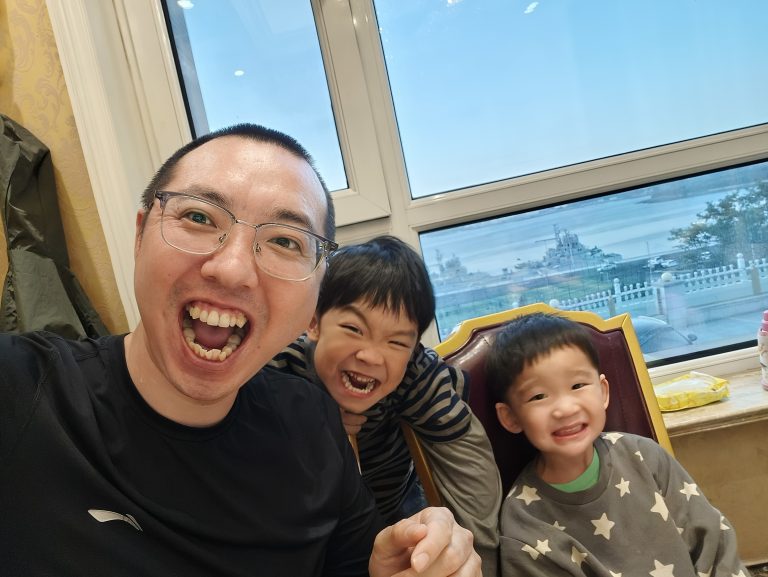Most brands waste time perfecting visual aesthetics while missing what really matters. After years in custom sachet packaging design, I’ve learned the hard truth: consumers choose products based on feel and function, not just looks.
Making packaging stand out requires mastering three elements: tactile experience that signals quality through touch, opening mechanics that work flawlessly every time, and strategic material selection1 that balances premium feel with cost efficiency. Smart brands focus on micro-perforations2 for controlled dispensing and build relationships with technical teams at converters to access exclusive substrate combinations.
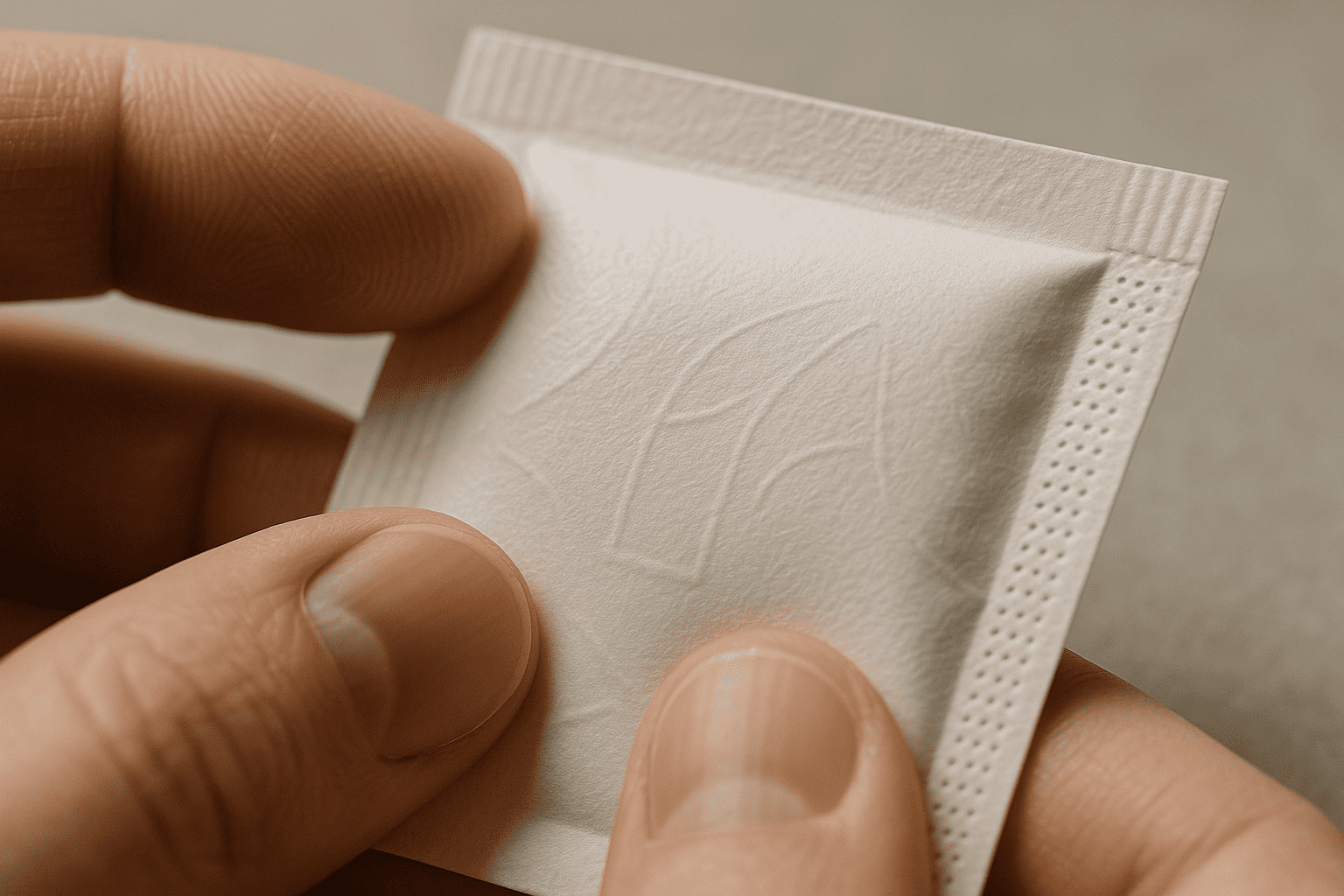
You might think stunning graphics sell products. But I’ve watched countless beautiful designs fail because customers couldn’t open them smoothly. The real winners understand something deeper about consumer psychology and packaging engineering3.
What Makes Consumers Notice Your Product First?
Your product has three seconds to catch a shopper’s eye. That’s it. In those moments, the brain processes texture, color, and shape before reading any text.
Consumers notice products that break visual patterns on shelves through unexpected textures, contrasting colors, or unique structural elements. Research shows that 90% of purchasing decisions happen subconsciously, triggered by sensory cues rather than logical evaluation. Products with raised ink, matte finishes, or unusual shapes create cognitive interruption that forces attention.
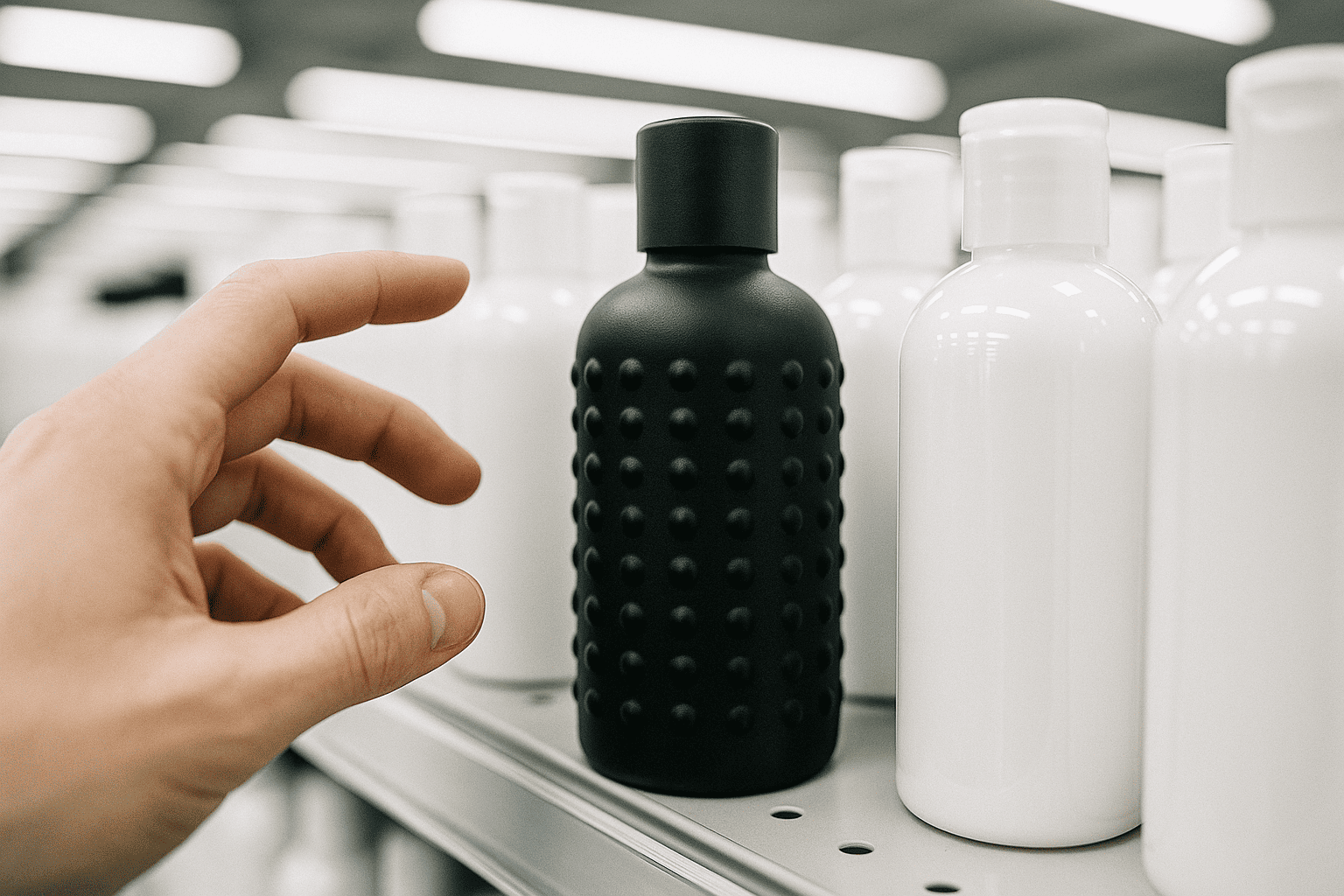
I discovered this principle working with a skincare brand that struggled for shelf visibility. Their original glossy pouches looked expensive but felt cheap. We switched to a matte finish with spot UV coating on the logo. The contrast created a tactile experience4 that made people stop and touch. Sales increased 40% in three months.
The science behind this is simple. Our brains are wired to notice anomalies. When everything on a shelf looks similar, the different one wins. But different doesn’t mean complicated. Sometimes a simple change in texture beats elaborate designs.
Color psychology plays a huge role too. Red creates urgency. Blue builds trust. Green suggests natural ingredients. But here’s what most designers miss: color works differently under retail lighting. That perfect shade you chose might look completely different under fluorescent store lights. I always test packaging samples in actual retail environments before finalizing designs.
Last year, a tea company approached me with declining sales. Their vibrant graphics looked stunning online but disappeared on crowded shelves. We added embossed lettering and a soft-touch coating. Customers started picking up the package just to feel it. Sales jumped 35% within two months.
Why Do Opening Mechanics Matter More Than Graphics?
Beautiful packaging means nothing if customers struggle to open it. I’ve seen premium products fail because of poor tear notches or confusing opening instructions.
Opening mechanics determine customer satisfaction more than any visual element because they create the first physical interaction with your product. A perfect tear along the perforation builds trust instantly, while a package that tears incorrectly or spills creates immediate negative association with the brand, regardless of product quality.
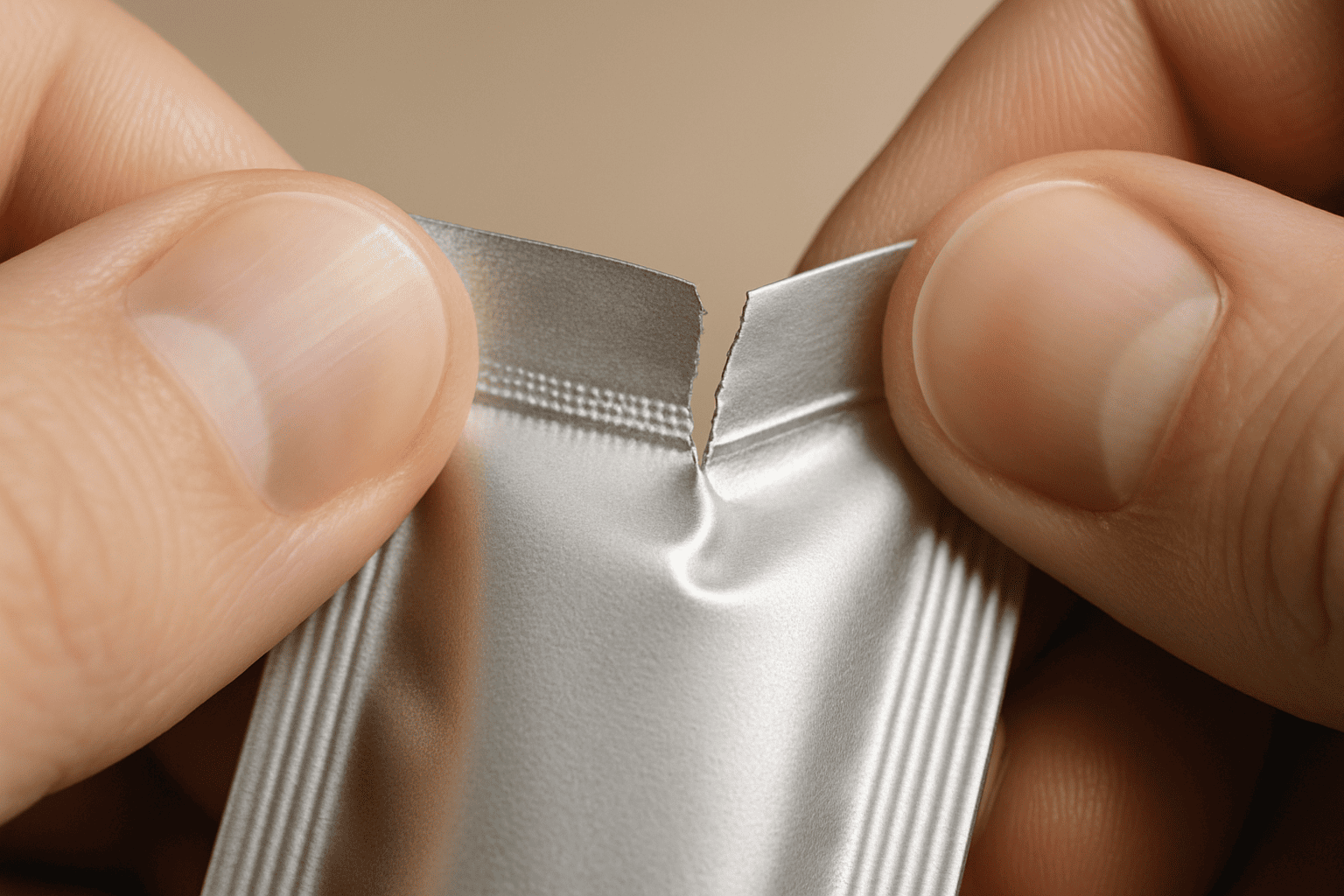
Think about your own experiences. Remember that expensive coffee that spilled everywhere when you opened it? Or that snack package that wouldn’t tear properly? Those moments stick in memory far longer than pretty designs.
I work with clients to test every aspect of opening mechanics5. We measure tear force, perforation placement, and seal strength. The ideal sachet tears with 2-4 pounds of force. Too easy and it feels cheap. Too hard and customers get frustrated.
Key Opening Features That Build Trust
Micro-perforations create controlled tearing paths that work every time. The spacing between perforations determines tear resistance. I recommend 0.5mm cuts with 0.3mm ties for most applications.
Directional tear notches guide users to the right opening point. Place them at 15-degree angles for optimal grip and pull direction. Straight notches often fail because people pull at various angles.
Laser scoring offers precision that mechanical cutting can’t match. It creates invisible tear lines that maintain package integrity while ensuring perfect opening. Though more expensive initially, it reduces customer complaints by 80%.
How Can Material Selection Transform Customer Perception?
The moment someone touches your package, they form an opinion about quality. This happens before they see your logo or read your message.
Material selection influences perceived value through tactile feedback that triggers quality associations in the consumer’s mind. Soft-touch coatings increase perceived value by 35%, while materials that feel thin or crinkly suggest low quality regardless of actual product excellence. The right substrate can justify premium pricing even with simple graphics.
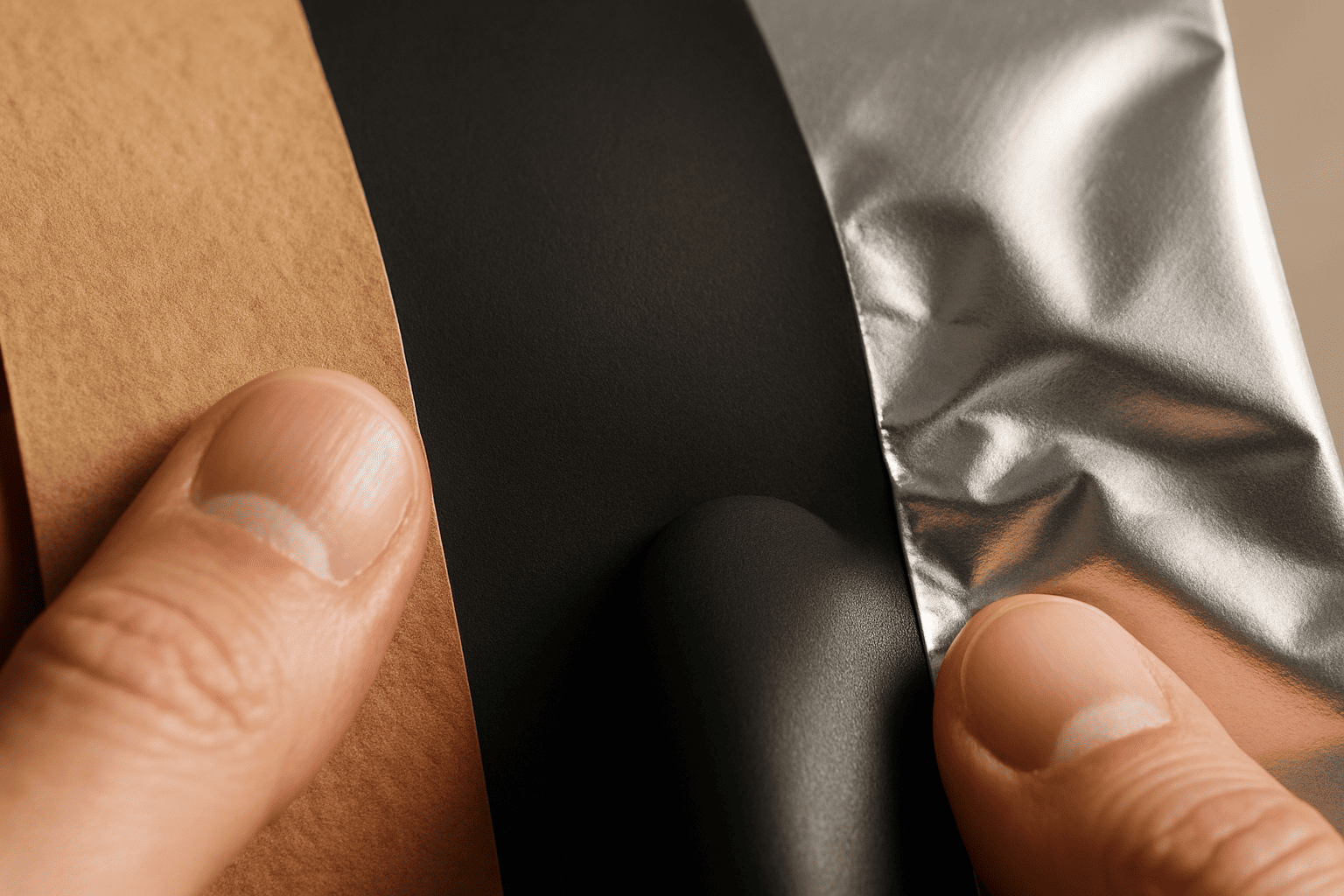
I learned this lesson with a premium tea brand. They used beautiful metallic printing on standard film. Customers loved how it looked but complained it felt "cheap." We switched to a soft-touch matte film with the same graphics. Perceived value increased so much they raised prices 20% without losing sales.
Different materials serve different psychological purposes. Kraft paper signals eco-friendliness. Clear windows build trust through transparency. Metallic films suggest premium quality. But combinations work even better. A matte black sachet with a clear window and metallic accents hits multiple psychological triggers.
For sustainable packaging, I recommend bio-based films that maintain barrier properties while meeting eco-claims. These materials cost more initially but prevent the customer loyalty loss that happens when organic products leak or spoil. The key is finding materials that feel premium while supporting your sustainability story.
Working with material suppliers requires strategy. Don’t just talk to sales reps. Connect with their technical teams. They know substrate combinations your competitors won’t discover for years. Ask about experimental coatings, new barrier technologies, and custom laminations.
What Production Techniques Give You Competitive Advantage?
Most brands stick with standard production methods. Smart ones explore techniques that create unique customer experiences.
Advanced production techniques6 like dual-chamber sachets7, controlled-atmosphere packaging, and smart ink technologies create differentiation that competitors can’t easily copy. These methods require upfront investment but deliver long-term competitive advantages through unique functionality that becomes part of brand identity.
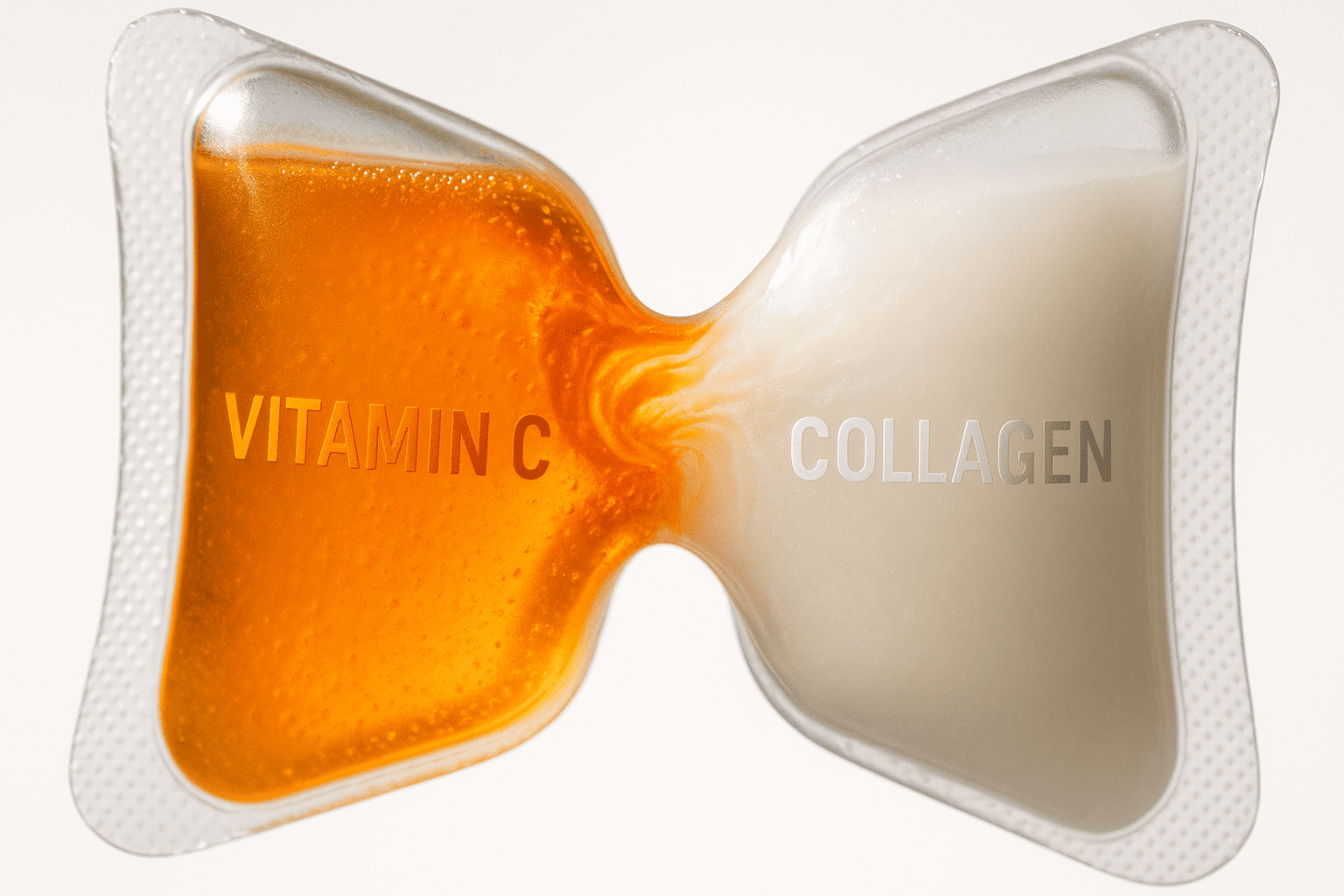
Dual-chamber sachets keep ingredients separate until use. Perfect for products that lose potency when mixed early. I helped a supplement brand implement this for their vitamin C and collagen blend. Keeping them separate until consumption increased efficacy by 60%.
Digital printing enables mass customization without minimum quantities. You can create limited editions, seasonal designs, or personalized packaging. One client creates unique designs for different regions, building local connection without massive inventory.
Emerging Technologies Worth Investing In
Smart packaging with NFC or QR codes connects physical products to digital experiences. But don’t just link to your website. Create exclusive content, authentication systems, or reorder mechanisms.
Thermochromic inks change color with temperature, perfect for products that need specific storage conditions. When the package gets too warm, it alerts consumers to potential quality issues.
Anti-counterfeiting features protect brand integrity in global markets. Holographic elements, microtext, and invisible inks prevent fake products from damaging your reputation.
How Do You Test Packaging Effectiveness Before Launch?
Testing saves money and prevents market failures. But most brands test the wrong things.
Effective packaging testing combines physical performance metrics with consumer behavior observation8 in real retail environments. Laboratory tests verify technical specifications, but in-store testing reveals actual consumer interaction patterns, unexpected use cases, and environmental factors9 that affect package performance and appeal.
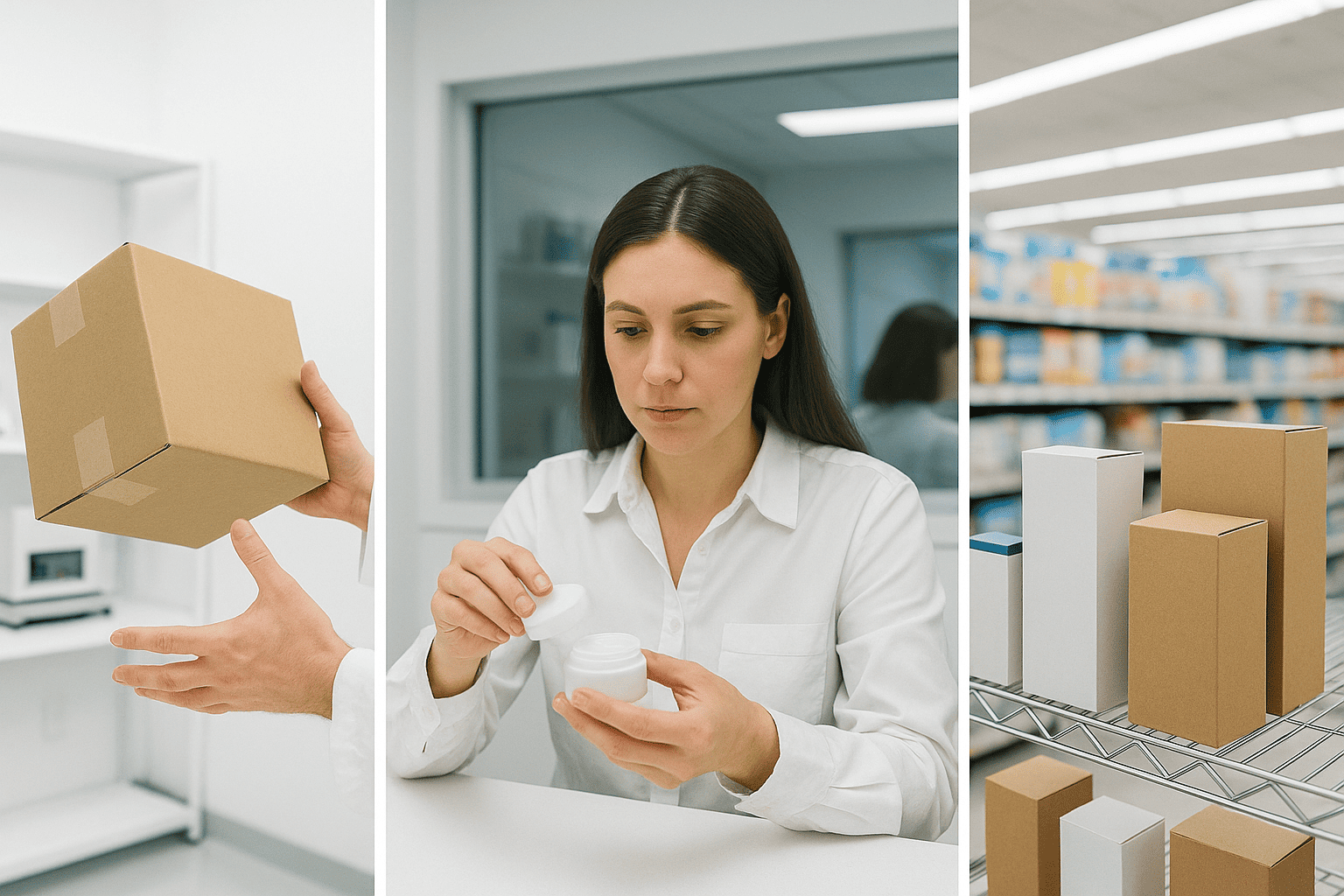
I run three types of tests for every packaging project. First, technical testing10 ensures the package protects the product through distribution. We test drop resistance, compression strength, and barrier properties. A beautiful package that arrives damaged destroys brand trust instantly.
Second, usability testing11 watches real consumers interact with packaging. We observe how they open it, where they struggle, and what surprises them. This reveals problems designers never anticipate. One client discovered customers were opening their sachets upside down because the graphics suggested that orientation.
Third, shelf testing12 places products in actual retail environments. We measure pickup rates, time spent examining packages, and purchase decisions. Sometimes we discover that perfect package disappears on certain shelf colors or gets lost at specific heights.
A snack brand once skipped shelf testing to save costs. Their dark package vanished on brown shelves. We caught this in testing and switched to bright orange, avoiding a costly redesign.
Common Questions About Custom Sachet Packaging Design
1. What’s the minimum order quantity for custom sachets?
Most suppliers require 10,000-50,000 units for custom printing. However, digital printing allows smaller runs of 1,000-5,000 units, though the per-unit cost increases significantly.
2. How long does custom packaging development take?
From concept to production typically takes 8-12 weeks. Design and approval need 2-3 weeks, tooling and setup require 3-4 weeks, and production runs 3-5 weeks depending on complexity.
3. What’s the cost difference between standard and premium materials?
Premium materials like soft-touch films or sustainable options cost 20-40% more than standard films. But they can justify 50-100% higher retail prices when positioned correctly.
Conclusion
Making packaging stand out isn’t about following trends or copying competitors. It’s about understanding how consumers really interact with products. Focus on tactile experience, perfect your opening mechanics, and choose materials that communicate quality through touch. These fundamentals create packaging that wins on shelves and builds lasting brand loyalty.
-
Understand how the right material can enhance perceived value and customer satisfaction. ↩
-
Learn how micro-perforations can enhance user experience by ensuring easy and controlled tearing. ↩
-
Learn about the critical role of packaging engineering in creating functional and appealing products. ↩
-
Understanding tactile experience can enhance your packaging strategy, making it more appealing to consumers. ↩
-
Explore how effective opening mechanics can significantly improve customer satisfaction and brand perception. ↩
-
Discover innovative production techniques that can set your packaging apart from competitors. ↩
-
Explore how dual-chamber sachets can enhance product efficacy and differentiate your brand. ↩
-
Understand the significance of observing consumer behavior to improve packaging effectiveness. ↩
-
Learn about the environmental factors that can influence how consumers interact with your packaging. ↩
-
Find out how technical testing ensures your packaging protects the product during distribution. ↩
-
Explore how usability testing can uncover issues that affect customer interaction with packaging. ↩
-
Learn how shelf testing can reveal insights that enhance product visibility and sales. ↩

